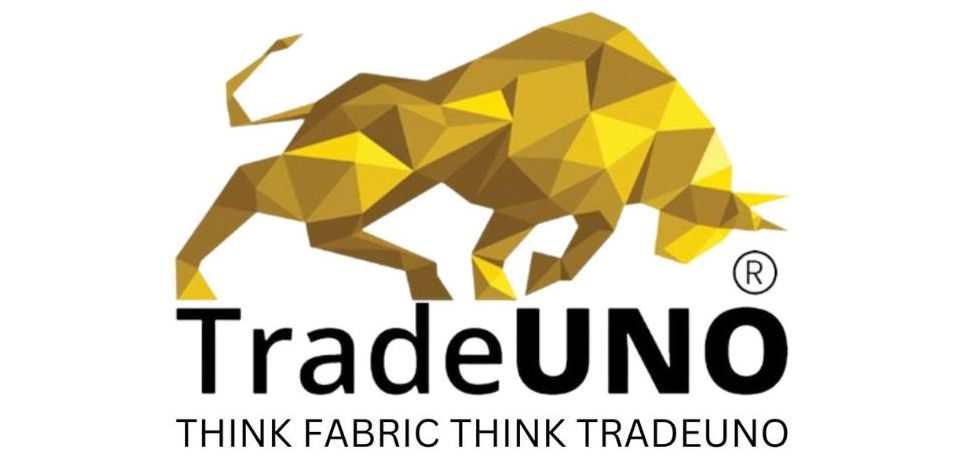Salutations, environmentally-conscious readers! Today, we immerse ourselves in the captivating domain of sustainable, organic, and eco-friendly fabrics and their profound impact on our surroundings. In an era where ecological awareness holds sway, grasping the import of our fabric preferences stands as a pivotal step towards nurturing a verdant, more sustainable realm. Let us delve into the transformative effects of these fabrics and their contribution to shaping a textile industry more attuned to eco-consciousness.
Revealing Sustainable, Organic, and Eco-Friendly fabrics
Before we unveil their effects, let us apprehend what sets apart a fabric as sustainable, organic, or eco-friendly. These fabrics are fashioned and treated in ways that minimize environmental harm while prioritising social and ethical considerations. They often derive from renewable origins and undergo crafting via eco-conscious methods, with a sharp focus on reducing waste and sidestepping harmful chemicals.
Environmental Benefits under the Spotlight
Reduction of Carbon Footprint
Sustainable, organic, and eco-friendly fabrics frequently emanate from replenishable sources such as organic cotton, hemp, bamboo, or recycled materials. Opting for these fabrics aids in diminishing the carbon footprint linked with traditional, resource-intensive materials like conventional cotton or synthetic fibers.
Conservation of Resources
The production of these fabrics usually involves lower consumption of water, energy, and chemicals compared to conventional counterparts. For instance, organic cotton cultivation curbs water usage and eradicates the need for synthetic pesticides, thus conserving invaluable resources and fostering healthier ecosystems.

Mitigation of Chemical Pollution
Many organic fabrics undergo processing via eco-friendly means, devoid of toxic dyes and chemicals. This substantially mitigates the discharge of harmful pollutants into the environment, safeguarding water reservoirs and ecosystems from contamination.
Promotion of Biodiversity
Fabrics such as organic cotton and hemp are cultivated without resorting to harmful pesticides, nurturing enriched soil and bolstering biodiversity. Opting for these fabrics aids in preserving natural habitats and enhancing the well-being of agricultural communities.
Read more: Top 5 Myths about Sustainable And Fabrics List of Sustainable Fabrics
Empowering Consumers for Change
Enlightened Decision-Making
By comprehending the consequences of our fabric preferences, we empower ourselves to make informed choices regarding our attire acquisitions. Advocating for eco-friendly fabrics conveys a potent message to the industry, urging the adoption of more conscientious practices.
Catalysing Industry Evolution
The mounting demand for sustainable fabrics impels positive metamorphosis within the textile sector. An increasing array of brands and manufacturers are embracing eco-friendly materials and production methods, catalysing a shift towards a more sustainable and ethical supply chain.

Endurance and Circular Economy
These fabrics are often synonymous with durability and recyclability. By investing in attire crafted from these materials, we foster a culture of longevity and circularity, wherein garments are designed for enduring use and can be repurposed or recycled at the conclusion of their life cycle.
Embracing a Fashion Horizon
The influence of sustainable fabrics on the environment transcends mere significance; it is indispensable for the welfare of our planet and succeeding generations. As consumers, we wield the power to catalyse positive change through our selections. By opting for these fabrics, we actively contribute to mitigating environmental harm, conserving resources, and fortifying a more ethical and sustainable textile industry.
So, the next time you embark on a sartorial adventure, ponder the ramifications of your selections. Embrace eco-friendly fabrics, and let us embark on a collective odyssey towards a verdant, more conscientious approach to fashion. After all, every ostensibly trivial decision we make harbours the potential to effectuate substantial, positive change in the world around us.

Read more: Eco-Friendly Fashion: Sustainable Fabric Swatches and Their Impact
FAQs
1. What are some examples of sustainable fabrics besides organic cotton and hemp?
Ans: Alternative sustainable textile choices encompass Tencel (lyocell), linen, recycled polyester, and bamboo fabric.
2. How can I authenticate a textile's sustainability or eco-friendliness?
Ans: Seek out certifications like Global Organic Textile Standard (GOTS), OEKO-TEX Standard 100, and Forest Stewardship Council (FSC) certification, ensuring adherence to specific environmental and social standards.
3. Are sustainable fabrics pricier than conventional counterparts?
Ans: While certain sustainable fabrics may entail an initial higher cost, they frequently offer superior durability and longevity, rendering them a cost-effective choice in the long haul.
4. Can I find a diverse array of styles and designs in sustainable fabrics?
Ans: Indeed, there's a burgeoning trend of fashion brands presenting an array of styles and designs utilising sustainable fabrics, catering to diverse preferences and fashion sensibilities.
5. How can I responsibly dispose of attire fashioned from sustainable fabrics?
Ans: Consider donating or recycling garments crafted from sustainable fabrics. Numerous organisations and textile recycling facilities welcome attire for repurposing or recycling, minimising waste accumulation.
Read more: Natural v/s Man-made Fabrics
 Call Us
Call Us
















